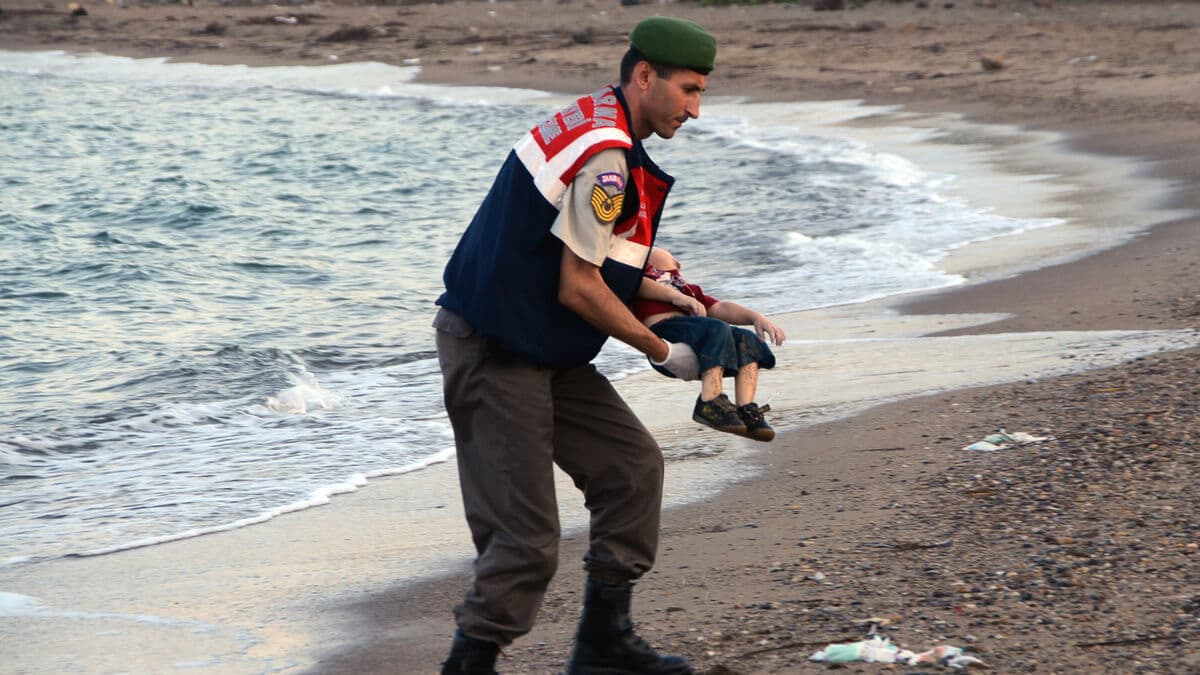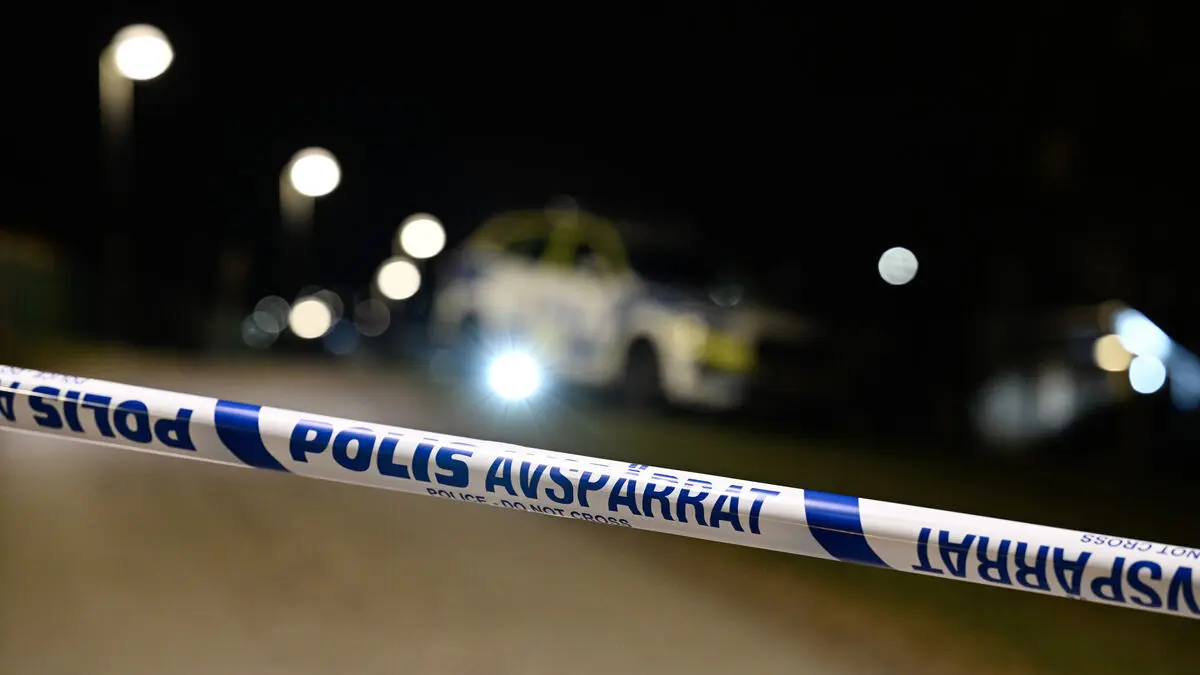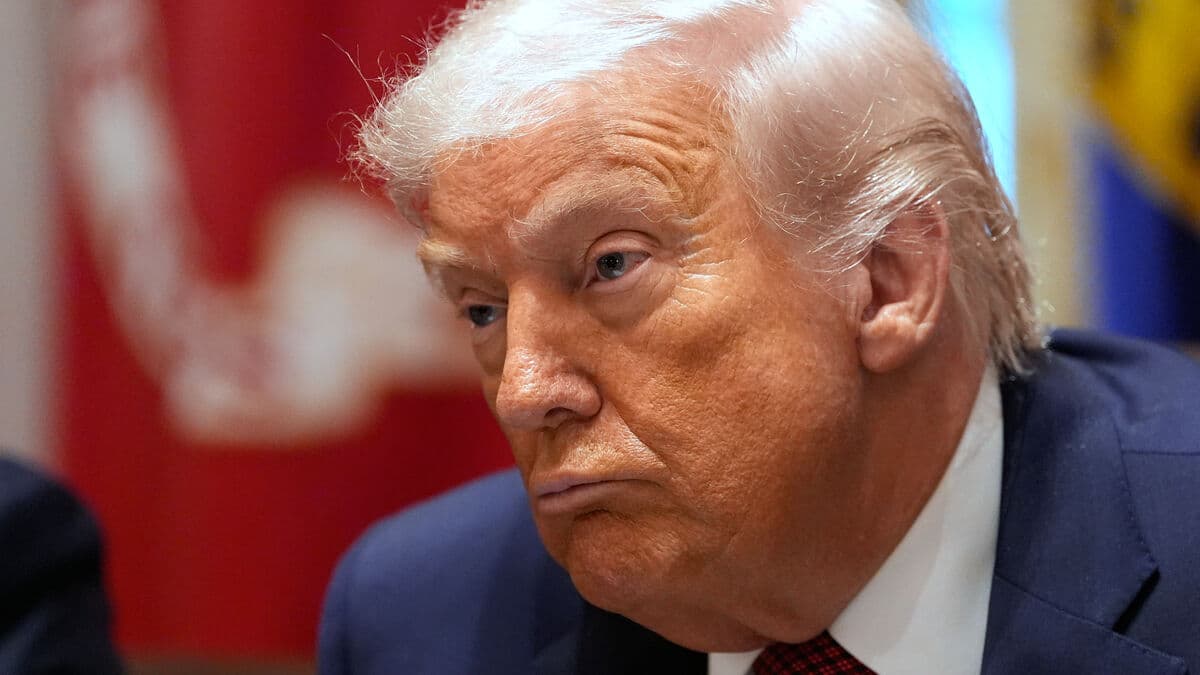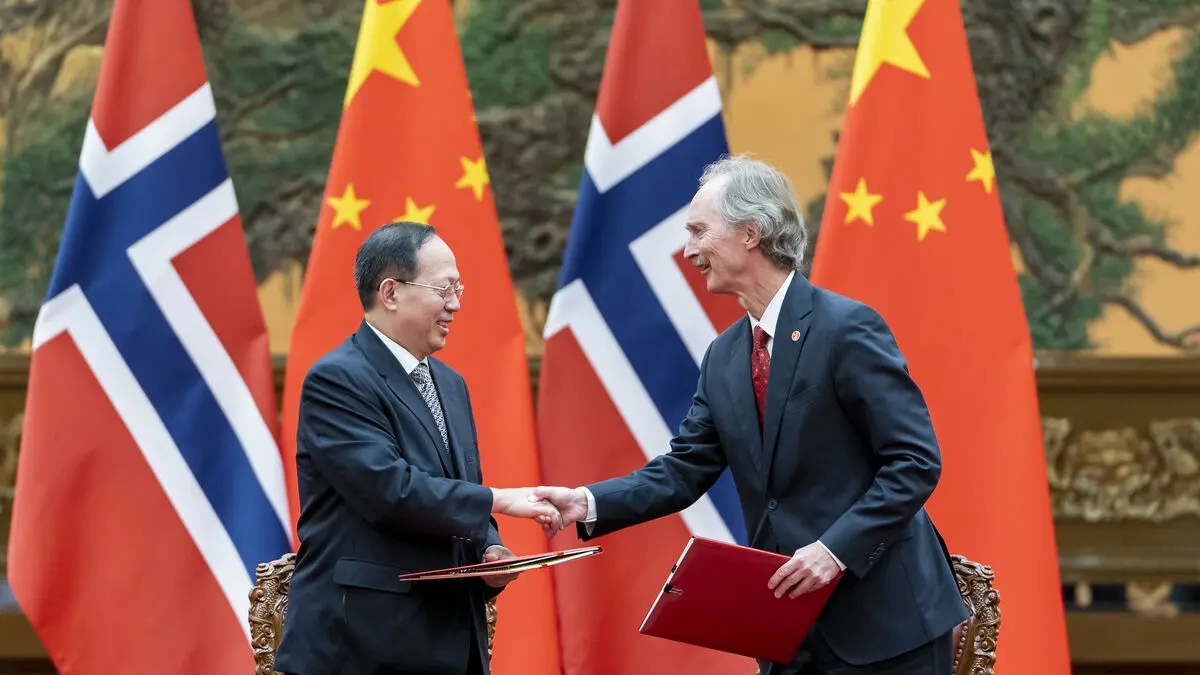Many are fleeing from Afghanistan and Iraq, but the absolute largest group comes from the civil war-torn Syria.
The escape has been going on for several years, but it is not until 2015 that the large streams reach Europe. Most flee to neighboring countries. Turkey receives nearly two million refugees, and Lebanon over one million.
Spring: Thousands of refugees try to cross the Mediterranean. Many perish in poor boats. The night between April 18 and 19, nearly 700 people die in the worst shipwreck so far.
Summer: The refugee wave shakes the EU cooperation. The reception in Greece has capsized and people are trying to move north, mainly to Germany and the Nordic countries. Hungary closes the border and makes it illegal to cross the fence that runs along the border with Serbia. Many still manage to move on.
September 3: The images of the three-year-old Syrian boy Alan Kurdi, who was found drowned on the beach, evoke strong reactions around the world. The images of the boy become a symbol of the refugee crisis. The boy's father tells CNN that his son was on his way to Sweden.
September 22: The EU's migration ministers push through the quota distribution of refugees. Four countries vote no: the Czech Republic, Slovakia, Hungary, and Romania. The next day, the EU leaders agree to strengthen control at the union's borders.
October: In Sweden, a record is set in the number of refugees. The previous highest annual figure is from 1992, when 84,018 people sought asylum during the Balkan War.
October 23: All parties except the Sweden Democrats and the Left Party reach an agreement on migration policy that includes a certain tightening of refugee policy.
October 27, 2015: So far, more than 700,000 people, mainly fleeing from unrest in Syria, Afghanistan, and Iraq, have made their way to Europe, according to the UNHCR. More than 3,000 of these are believed to have drowned in the Mediterranean.
October 28: Police helicopters will monitor asylum accommodations in Swedish rural areas after the recent fires at the accommodations. Then-Interior Minister Anders Ygeman calls the attacks "miserable and despicable".
November 4: The Swedish government asks the EU Commission to distribute asylum seekers from here to other EU countries. "The current situation is not sustainable," says Prime Minister Stefan Löfven (S).
November 5, 2015: Sweden can no longer guarantee accommodation for all refugees, warns then-Migration Minister Morgan Johansson (S) with hope of a "dampening effect".
November 9, 2015: The Moderate Party demands a refugee stop. The Moderate Party demands that a large part of the asylum seekers be rejected directly at Sweden's border.
November 11: Sweden introduces temporary border controls, which come into force the next day. At the same time, refugees are forced to sleep outdoors as the Migration Agency fails to provide sufficient accommodation.
November 24: The government announces that Sweden's asylum legislation will be adapted to the EU's minimum level.





